Some Vikings Filed Their Teeth
There are a lot of cosmetic changes humans subject themselves to. Sometimes, it’s tattoos. Other times, it’s piercings. But in the case of the Vikings, it was filing down their teeth, although no one is quite sure why they did it.
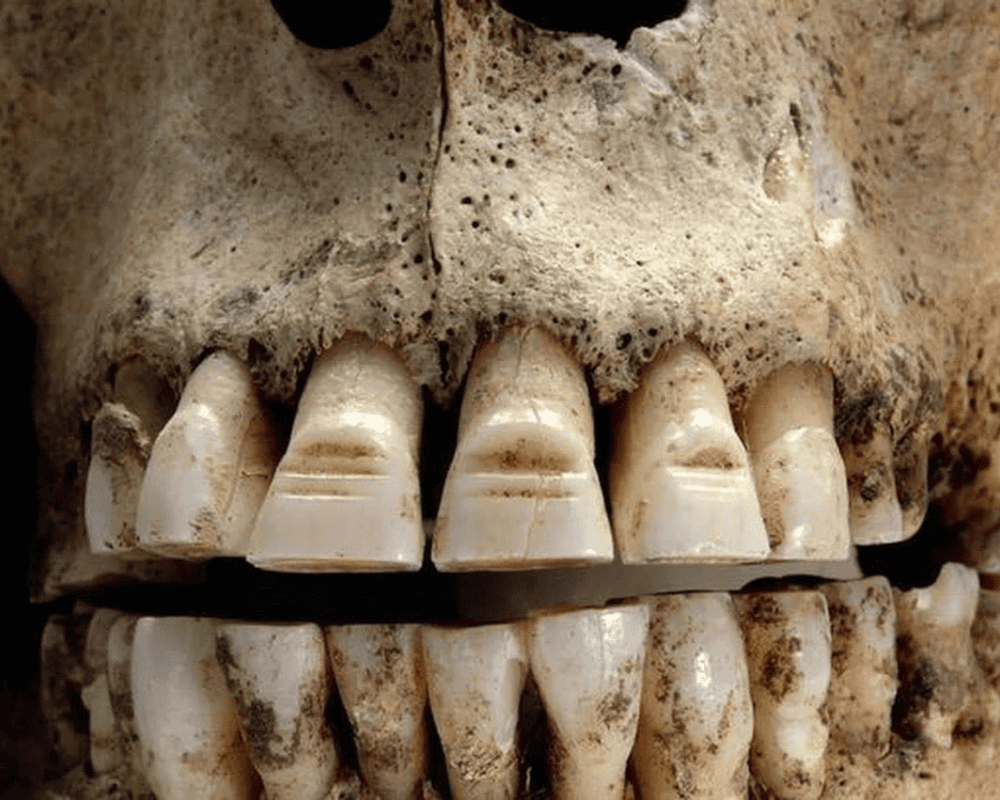
It could have just been for looks, but it also could have been a way to seem more powerful and strong as a fighter. Whatever the reason, it wasn’t a practice that all Vikings partook in.
Smelly Wounds Were Death Sentences
Nowadays when we injure ourselves, we rush to a hospital to let professionals who have studied medicine their whole lives take a look at our injuries and figure out how severe they are. The Vikings didn’t exactly have access to our top medical doctors, though.
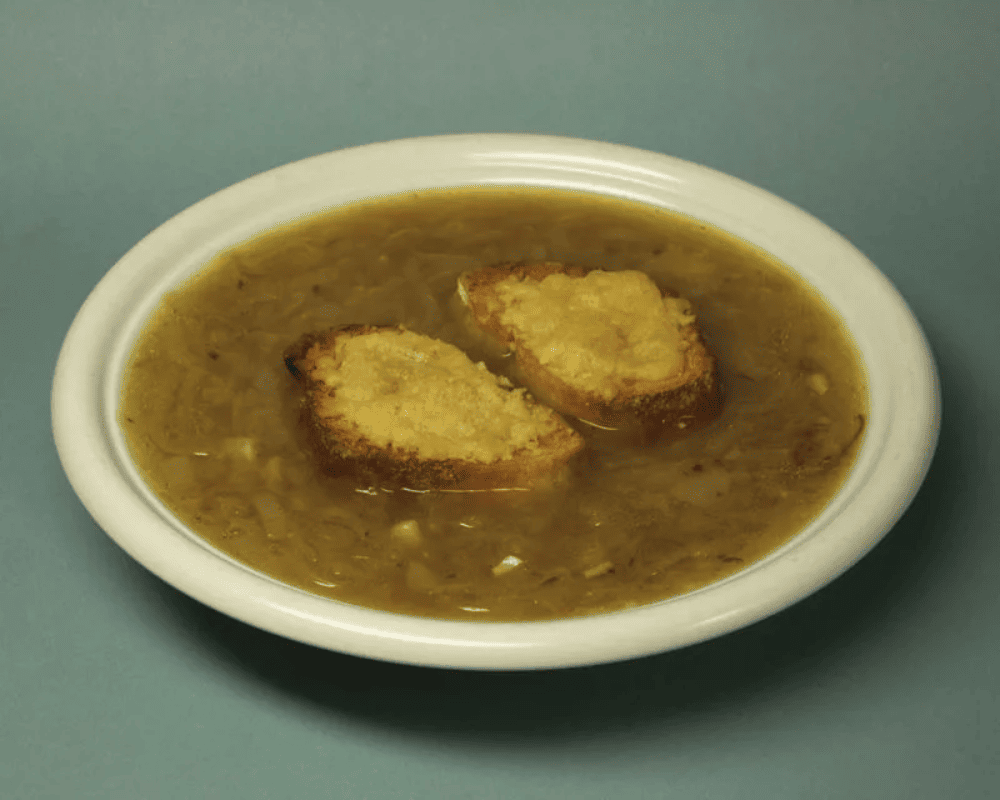
Instead, they’d give injured fighters a potent-smelling soup and see if the smell leaked out of the injured area. If it did, they decided it wasn’t worth healing and to let that person go. It’s a bit unconventional.
A Unique Source of Fire
Before the lovely invention of electricity, humans relied on fire for warmth, for light, and in the case of the Vikings, for destroying things in their path. But, they didn’t exactly have matches or lighters to help them get a fire going.

They managed to find a unique and effective solution though, in the form of boiling fungi in their own body waste. By letting it sit for days, they could use it to get a fire going and start raiding in no time.
They Loved Trial by Combat
Anyone who has watched Game of Thrones remembers all too well the trial by combat on behalf of Tyrion Lannister, in which the Mountain defeats Oberyn Martell in a very brutal way. Trials by combat were to the death, after all.

The Vikings were a big fan of this method as well. Known as a holmgang, one could use a proxy champion if they were at a physical disadvantage, and the rules varied depending on the fight. Modern-day methods of talking things out are probably a bit more effective.
But Then Things Got Hairy
The problem with trial-by-combat methods is that people take advantage of them, like just about every other thing gets taken advantage of by humans. It turns out the strongest Vikings were using holmgangs to basically steal things from others, whether it was objects or even their partners.

This obviously isn’t what the holmgangs were designed for, so in the early 11th century, they were outlawed. That didn’t stop determined men from fighting things out anyway, but it’s the thought that counts.
Friendly Games Weren’t Always Friendly
Like modern-day humans, the Vikings loved to play games to test their skills and encourage their competitive sides. The violence in even their games went beyond the common hockey fight, though.
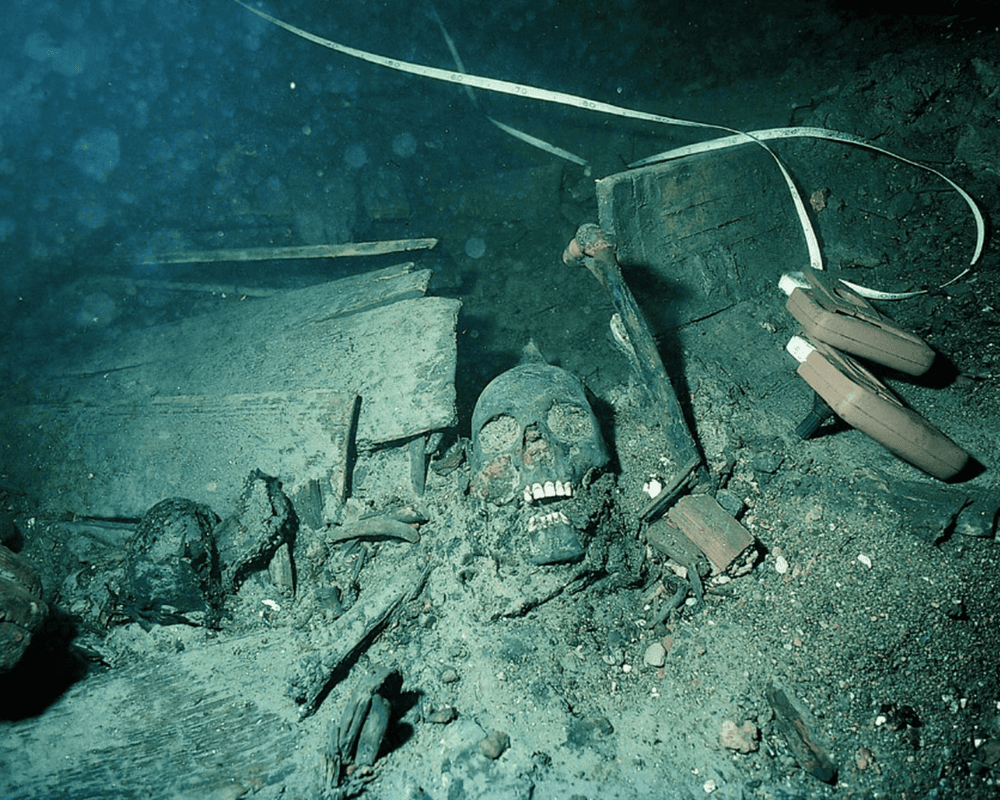
An underwater breath-holding contest sounds like a great challenge, right? Well, you might not think so if it came with someone holding your head underwater for as long as possible, especially if they were stronger than you. Not exactly a great way to go.
Wrestling Could Be Rough
They also enjoyed a good bit of wrestling, but if you were suspecting that it was a bit more than rough and tumble, you’d be right. There were various types of wrestling commonly practiced by the Vikings, but one particular match stands out.
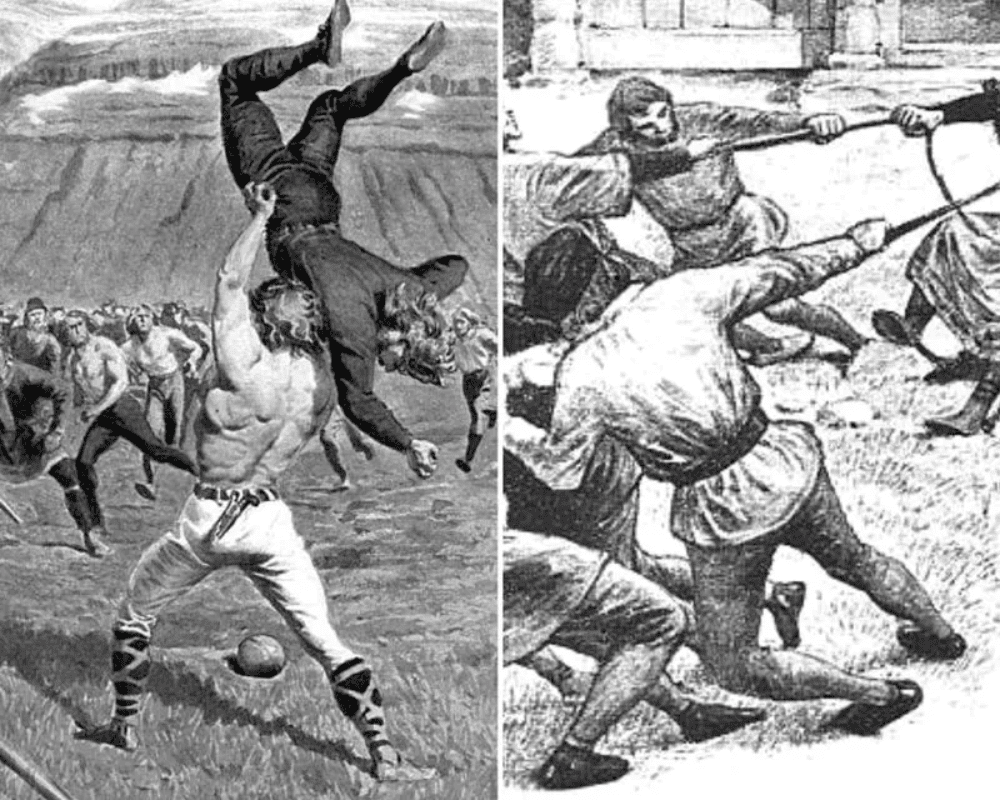
They say there was once a wrestling match attended by the king in Norway, and on the field, there was a flat stone set upright. Why, you ask? Why, to break the opponent’s back, of course.
Other Games They Played
But, not everything with the Vikings revolved around violence. They enjoyed some more civilized games too, like the classic tug-o-war or even a game akin to soccer. They even like board games, known as hnefatafl games.

One such game was very similar to modern-day chess, where one of the players was in the middle of the board, trying to protect their king from the other player. So, clearly maneuvering skills were important to them, too!
Survival of the Toughest
Reading about their ways, it may seem like growing up in such an environment would be difficult, and it was. Deformities or weaknesses couldn’t be accepted and often resulted in the intentional loss of the child.

This was accomplished in different ways. Young babies with clear issues would be lost overboard while sailing. Older children would often be left to the elements and suffer from exposure. Children didn’t exactly have it easy back then.
Skewed Male-to-Female Ratio
When you think of the Vikings, you likely think of big burly men with horned helmets and long braided beards. That imagery probably isn’t entirely accurate, but one thing that’s fairly accurate is the obvious missing piece — women.

Women were seen less favorably due to the nature of the Vikings to want people who were seen as strong, so they were generally less likely to survive. Men were also the ones who did the fighting, and that’s mainly what we think of when we think of the Vikings today.
Where the Women Came From
You may be asking yourself an important question — if there were very few women, how exactly did the Vikings reproduce? The answer to that question lies in all of the raiding and conquesting; they may have kidnapped women during their travels.
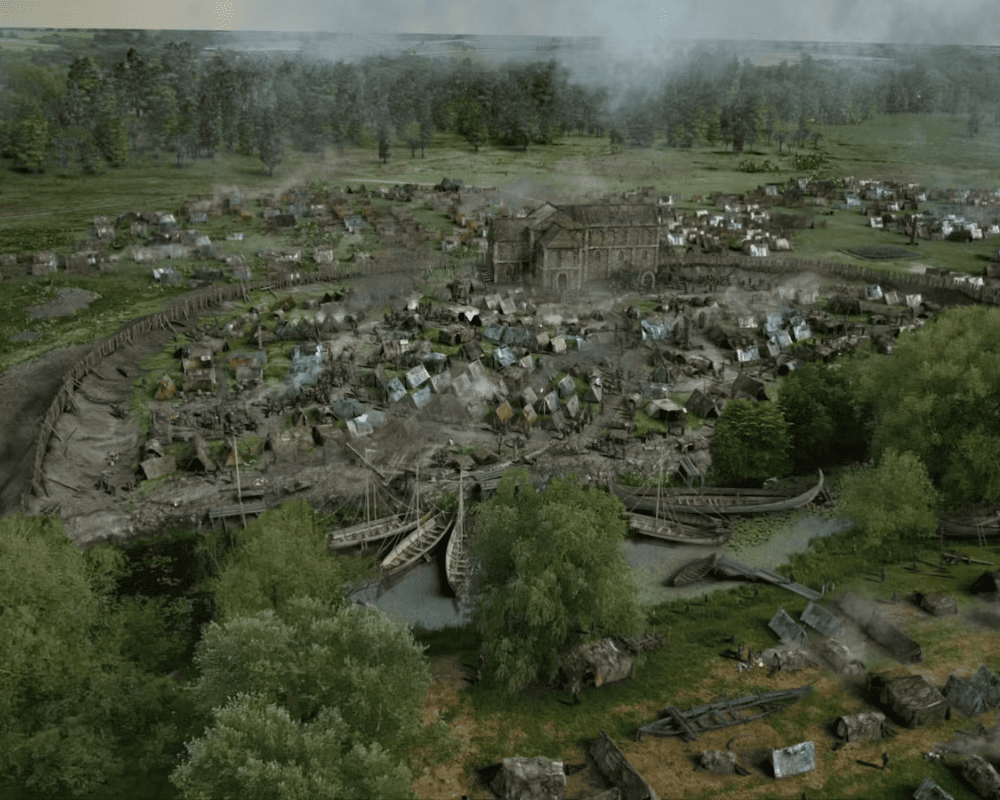
The Vikings are known for being well-traveled and pillaging areas they raided, and that often included taking some women with them to carry on their bloodlines and care for any children they had.
Beware the Brutal Berserkers
Have you ever heard the phrase “go berserk?” It means to become suddenly angry or even violent, and the term actually has its roots in Viking warriors. Like any modern-day army, not all Viking warriors were the same.
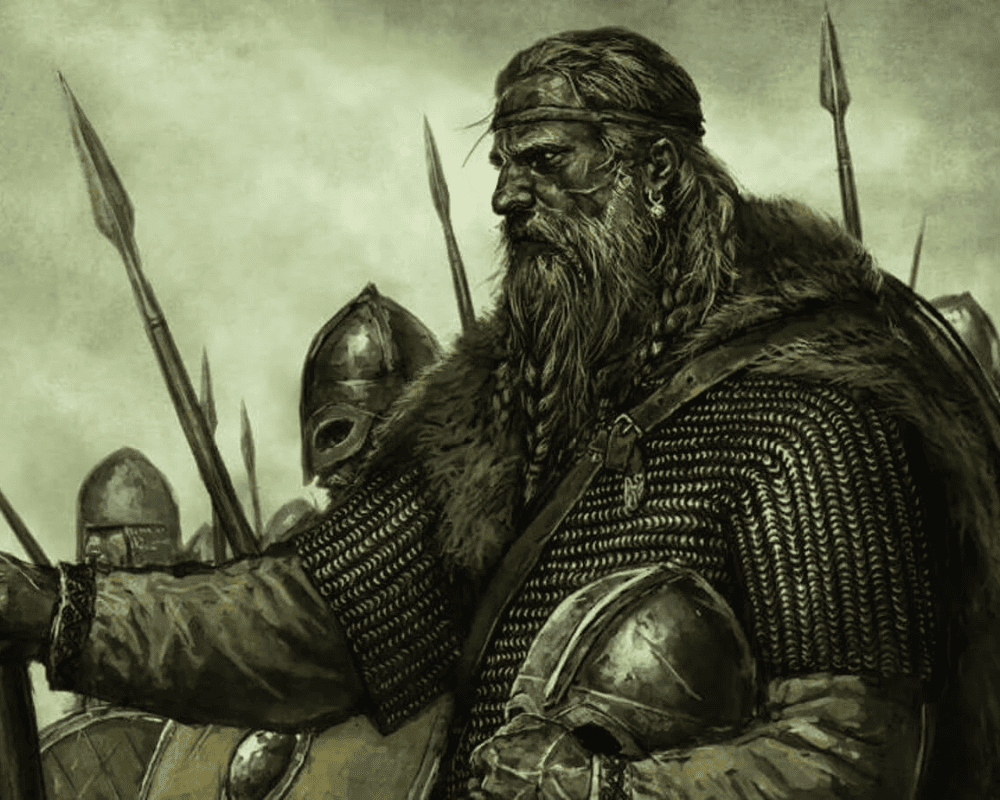
Some Viking clans had warriors known as berserkers, who were so fierce that some would go into battle without even armor. They were strong and brutal, and any battle with them present was likely to be an extra deadly one.
Viking Rage Mode
The God of War video game franchise sees the main character occasionally go into a state called Spartan Rage, where he sees red and brutally demolishes any enemy unfortunate enough to be caught in his path. The berserkers seemed to experience a very similar phenomenon.
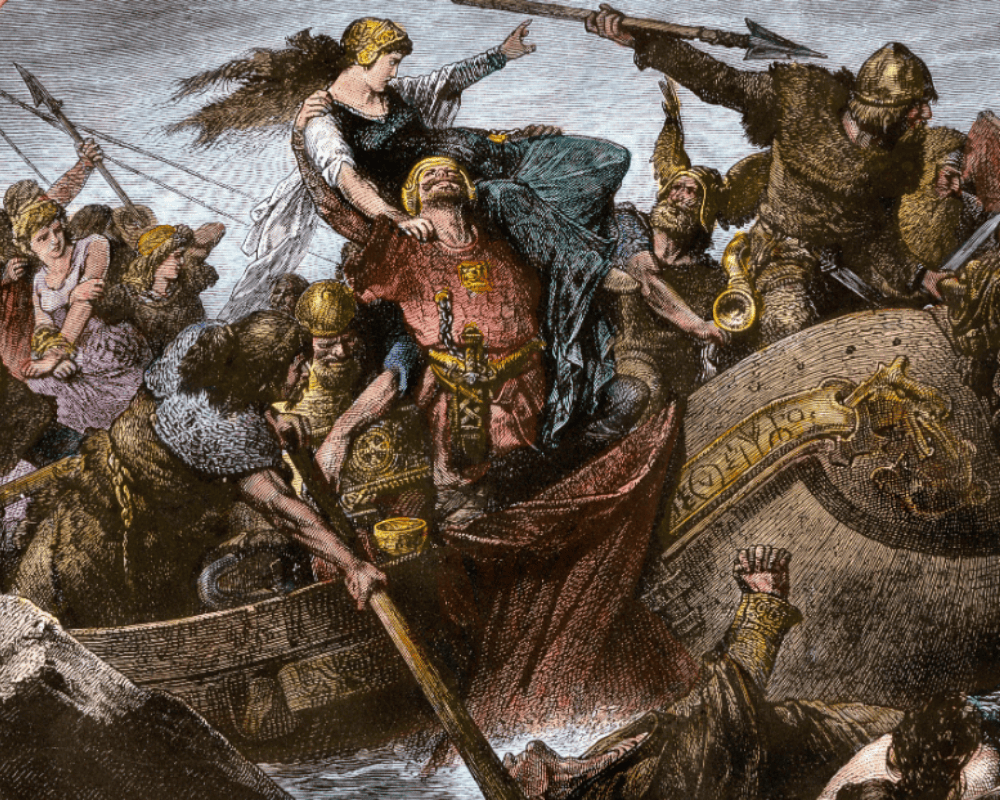
There was no video game mechanic stopping friendly fire in the Viking world, though, meaning berserkers were known to attack their own clan mates if they got in their way. What got them so worked up, you ask?
They Were On Something
It’s quite possible the berserkers were functioning off of the pure rage and adrenaline of being in the middle of a battle, but many don’t believe that was the only thing driving them forward.
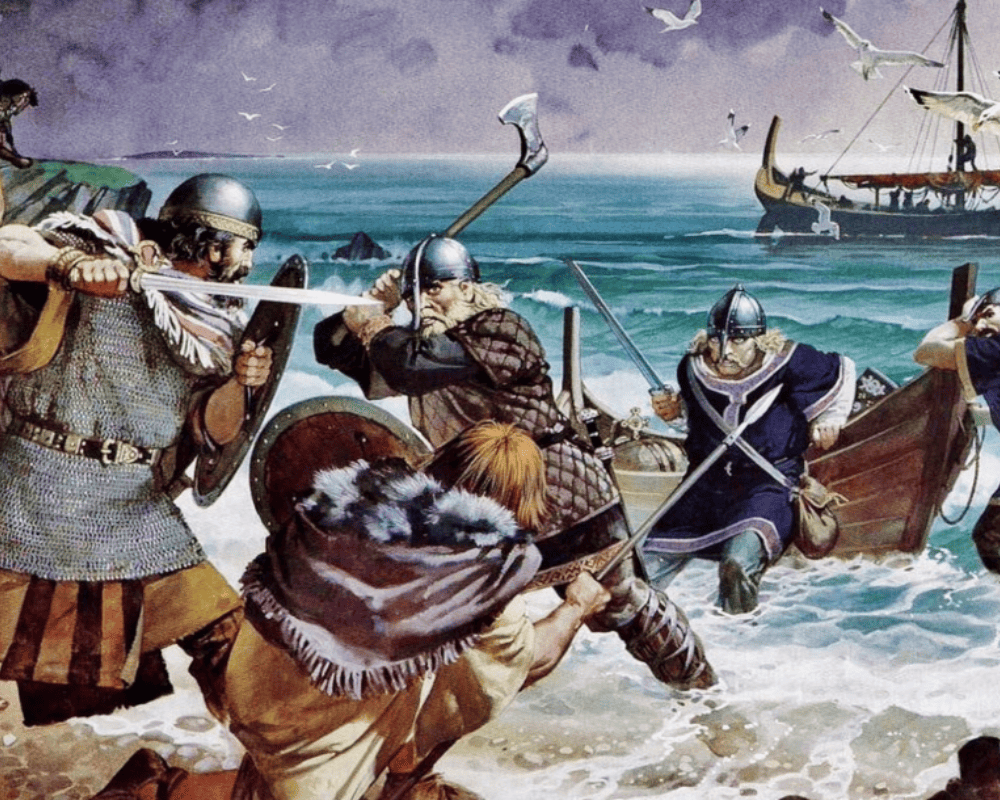
They may have actually been under the influence of substances that altered their behavior. No one knows what exactly, but they most likely consumed the substances willingly, and it caused a lot of side effects — like shaking, teeth chattering, and even facial swelling.
Armor Made of Reindeer Hide
Anyone who has ever watched a film about the past knows that good armor is essential to surviving any sort of battle. There are all sorts of armor, but there was one in particular that the Vikings often used.
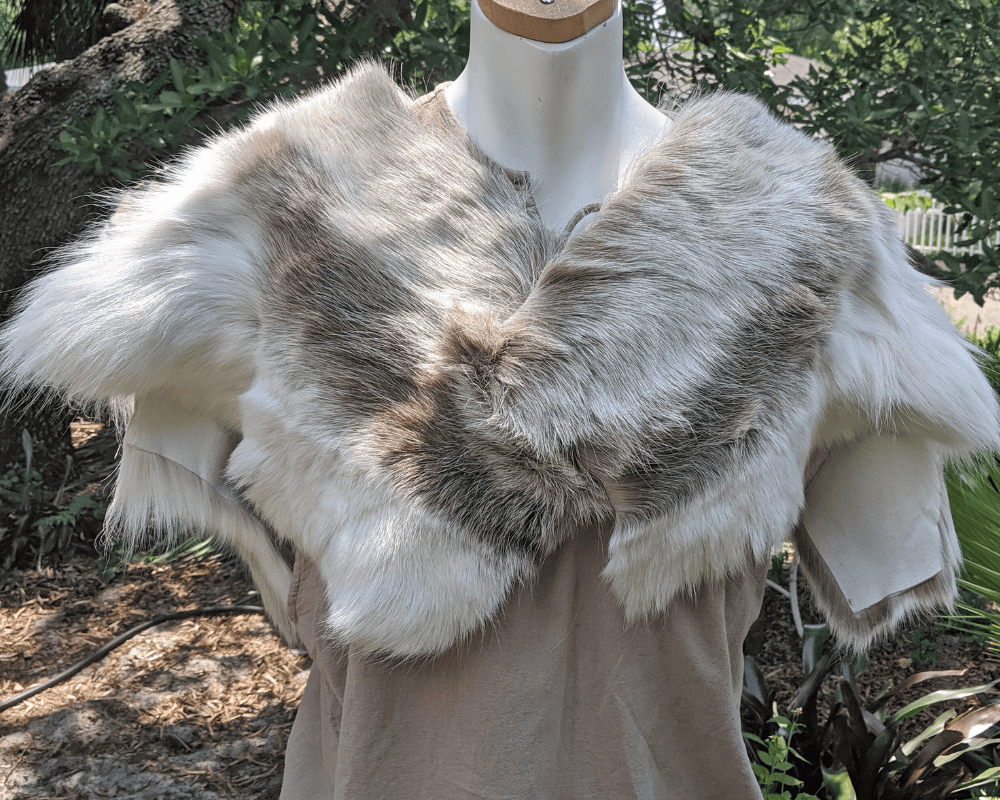
Scandinavia, where the Vikings mainly hailed from, is full of reindeer, so it makes sense that their armor of choice would be reindeer hides. Between the thickness and the warmth they provided, it seems like a pretty good choice.
Drinking Out of Horns
One common myth about the Vikings is that after they struck down their enemies, they would convert their skulls into a cup, which would be pretty embarrassing for the victim. Even the Vikings weren’t quite that brutal, though.
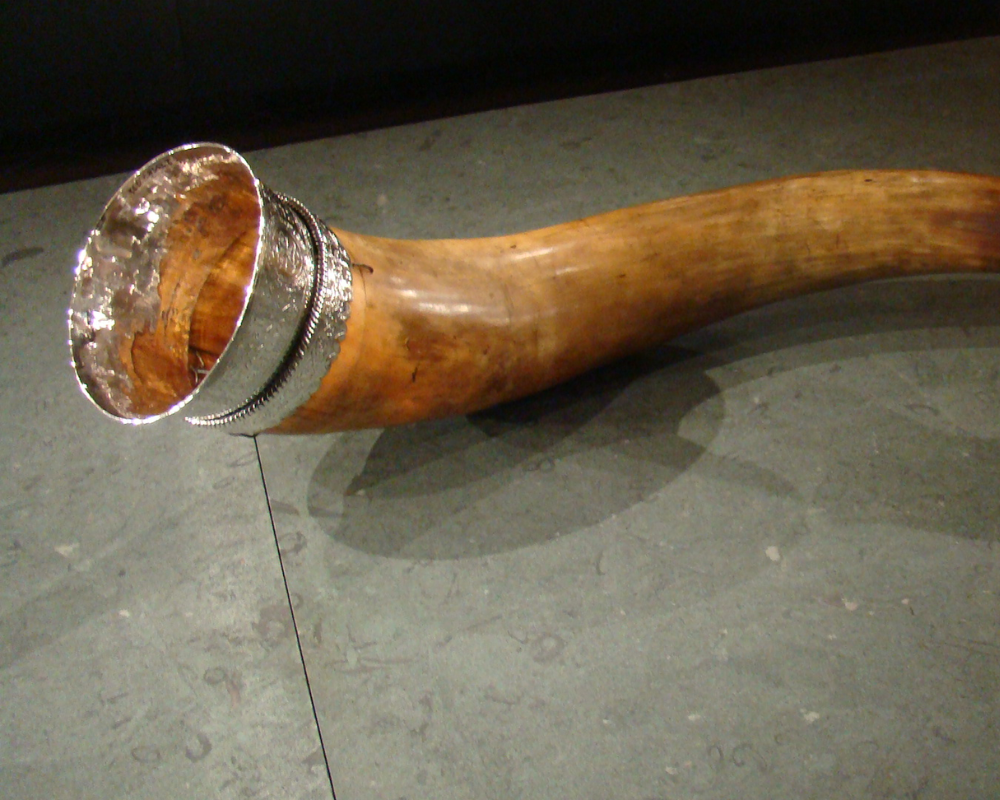
Rather, they drank out of a much more mundane item — hollowed-out animal tusks. Perhaps these tusks they used to drink are what gave rise to another common Viking myth, the horned helmet.
The Biggest Lie About Vikings
If you asked any person on the street what they think of when they think of Vikings, a metal helmet with two horns is one of the first things they would tell you. But, that was actually something completely made up by painters from the 19th century.
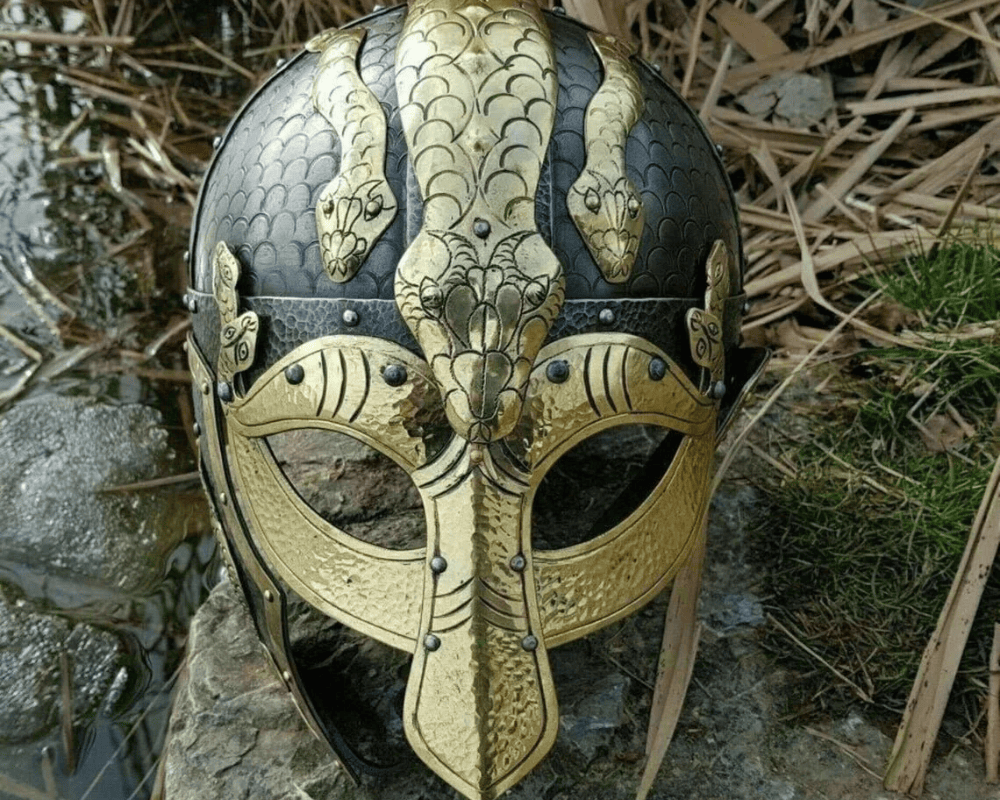
The Vikings opted for a much simpler helmet– a basic rounded metal one to protect their skulls and upper face, just like the helmets that basically everyone else in the region wore at the time.
The Viking Longship
If you’ve ever seen Moana, then you likely know what it means to be a seafaring person. But if you haven’t, the meaning is pretty straightforward. Seafaring people are those who travel frequently by sea.
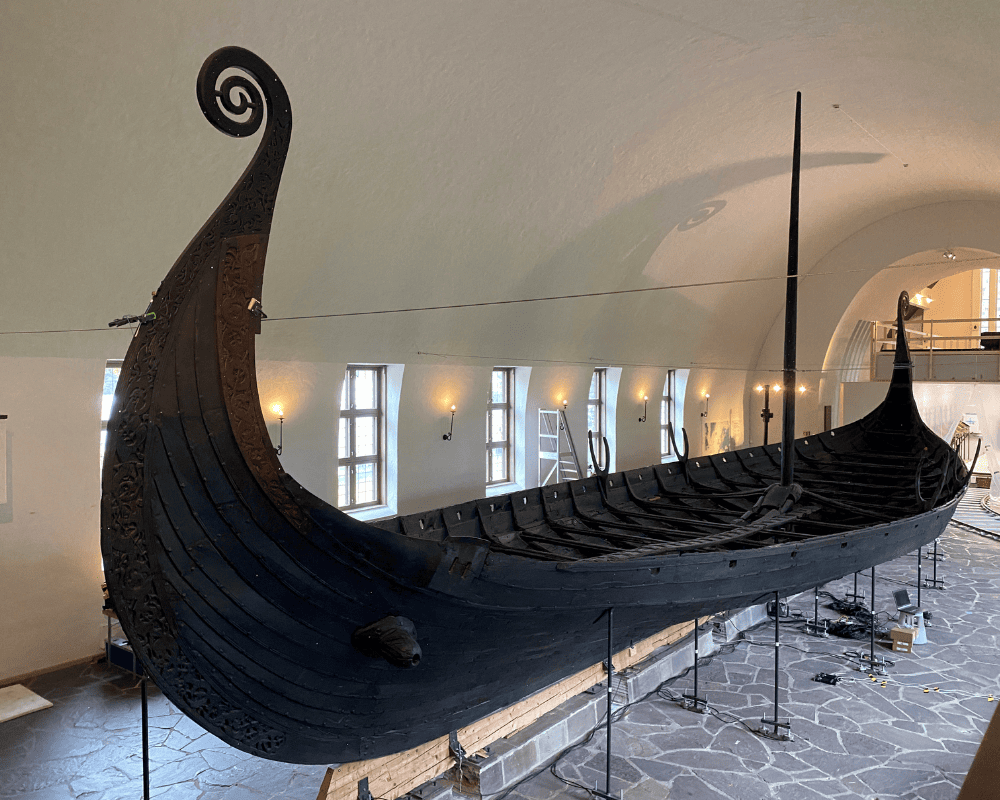
Their most famous boat is the longship. They were made with planks of wood that had gaps filled with moss or animal hair to make them watertight. The long, narrow shape made them easy to use even in shallow waters.
Longships Were Fast
Since the Vikings spent a lot of time at sea, it’s safe to assume that they knew how to get around, and quickly. Their ships were moved by both oars and the wind, and they definitely weren’t slow.
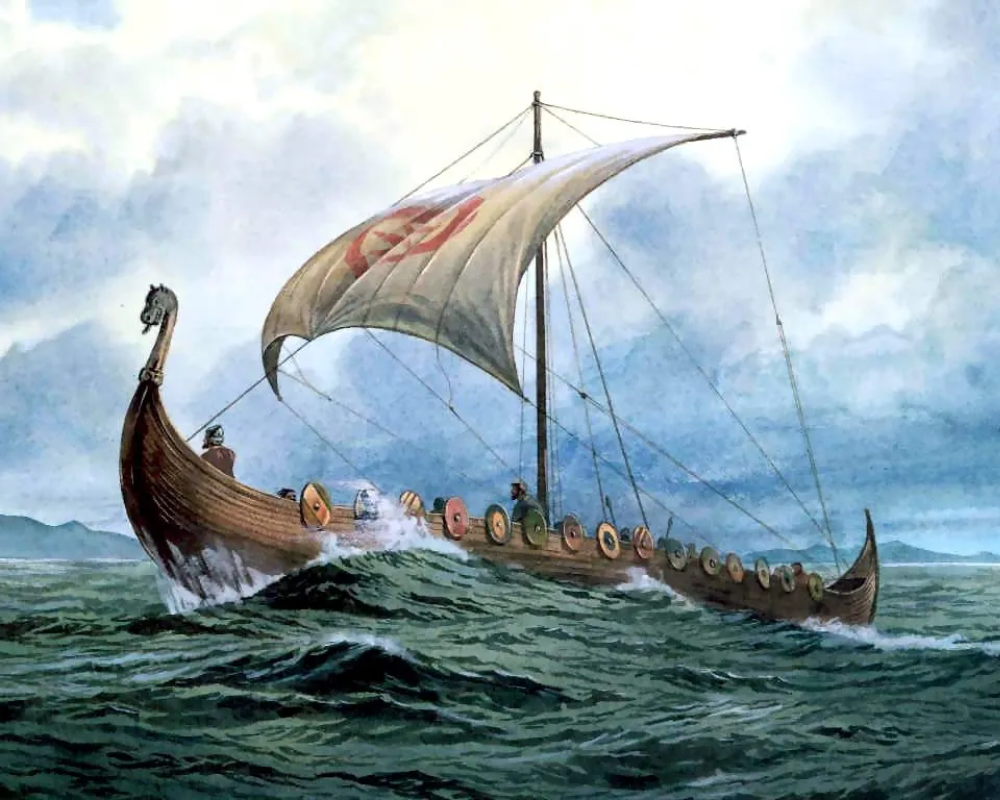
In fact, the longships could travel around 125 miles in a day! That may not seem like a lot to a world filled with cars and airplanes, but at the time it meant the Vikings could easily get around to raid faraway areas.
Life at Sea Wasn’t Easy
Viking longships were nothing like the luxurious cruise ships people are used to today. There was no shelter on the open, hollow ships, which meant long days and uncomfortable nights.
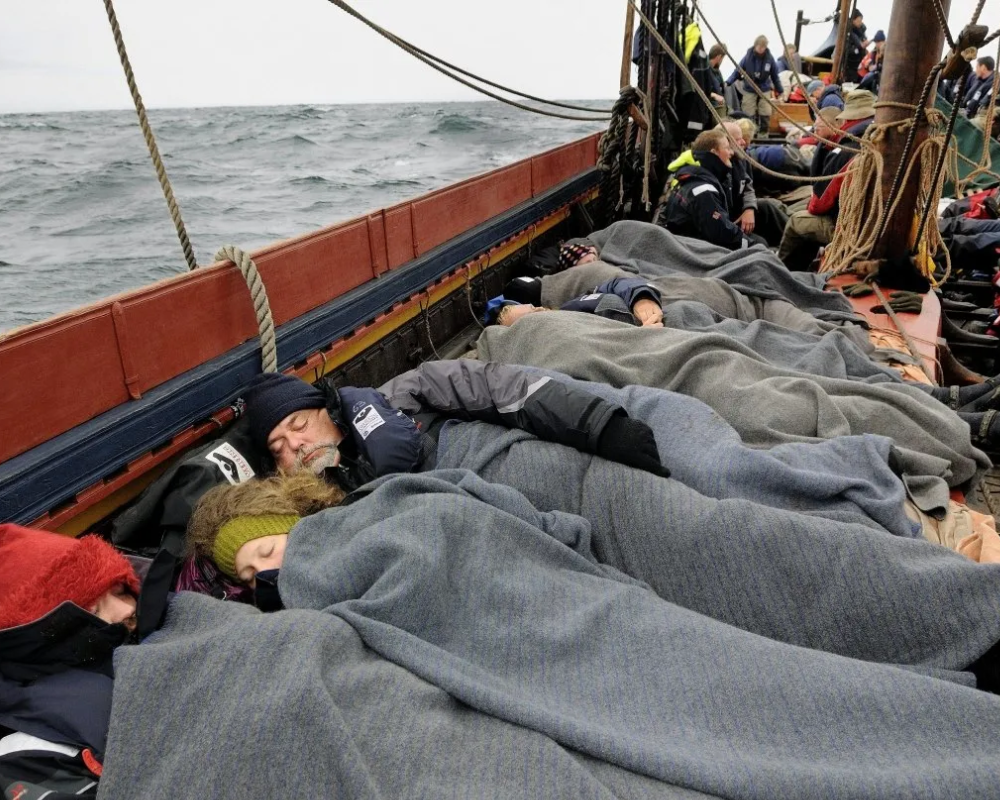
Sometimes, if they landed somewhere, they would use the sail to drape over the ship like a tent and sleep underneath it. Or, if they weren’t so lucky and had to sleep at sea, everyone had to sleep on deck under animal skin blankets.
A Different Form of Navigation
Navigating by the stars is a very famous method of navigation, especially in the past when seafarers crossed the oceans for months at a time. But, did you know that you can also use rocks to navigate? Because that may be what the Vikings did.

The theory goes that naturally occurring crystals affectionately known as ‘sun stones’ were used as landmarks by Vikings, who recognized the polarization (and depolarization) properties of the crystals to work out where they were.
How to Measure Horsepower
Hestavig was an ancient entertainment activity used by Vikings to determine who had the strongest horse. Hestavig was similar to jousting, just more brutal. Stallions would be encouraged to confront each other not just for entertainment, but to keep the gene pool strong.
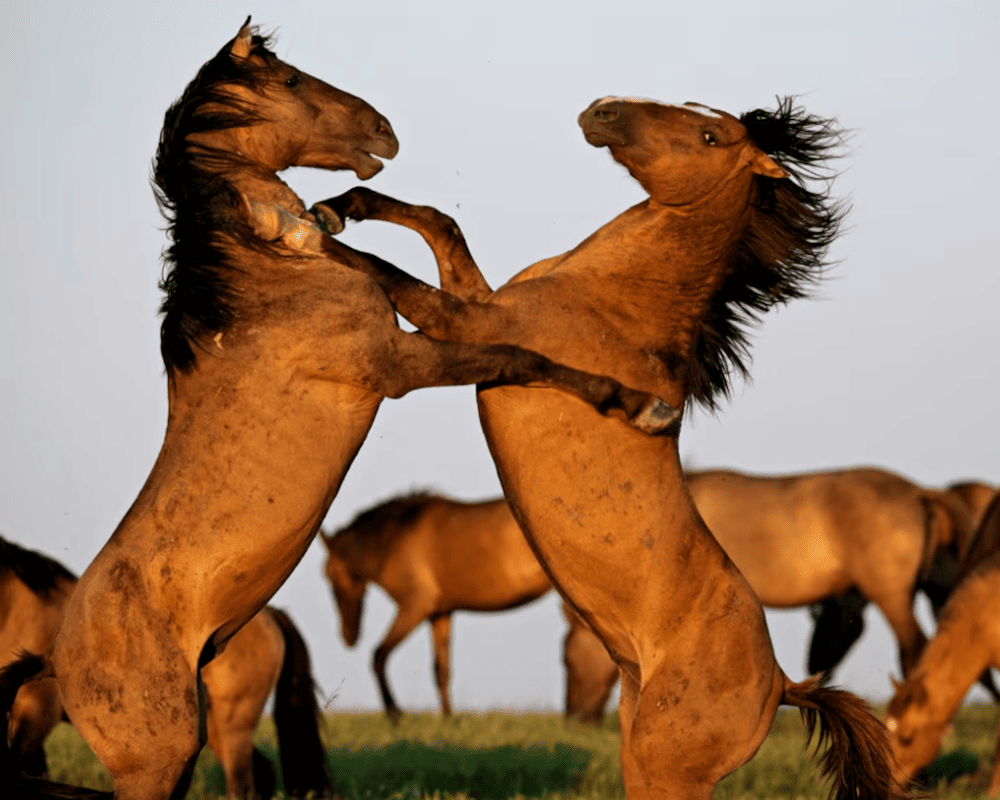
The organized fights were held in ringed arenas, often in the presence of a mare, whose scent would send the stallions into a craze. The idea was that the stronger horse would win the fight, with the prize becoming the ‘stud’ horse for breeding the next generation of war horses.
Vikings Weren’t One People
Vikings are often seen as being a unified group of people living under one flag, so to speak. But the reality is that they originated from many countries, with the majority coming from modern-day Scandinavia.

This means the term Viking has more similarities with the word “European” than “Danish” or “Swedish,” for example. However, the historical consensus is that the vast majority of Vikings shared Old Norse as their primary language — with different dialects including Old West Norse, Old East Norse, and the wonderfully named Old Gutnish.
Some Worked as Byzantine Bodyguards
The Byzantine Empire was a part of the Roman Empire, particularly in the East. It was one of the most powerful empires in the history of the world, and due to this, those in power often needed protection in the form of bodyguards.
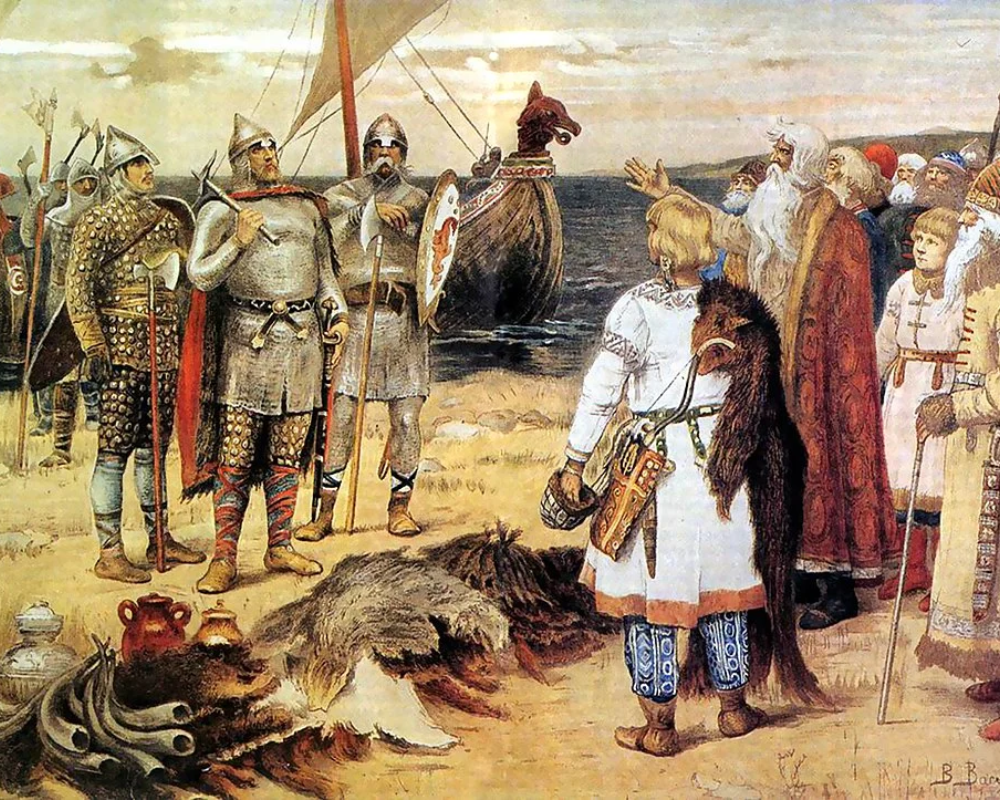
Some Vikings took up this task instead of sailing the seas for eternity, often joining the Varangian Guard, an elite group of bodyguards. They say that Vikings were often preferred as bodyguards because they were so skilled on the battlefield.
The Louvre Wasn’t Always a Museum
The Louvre in Paris is one of the most famous art museums in the world. It’s home to famous works like The Mona Lisa and The Last Supper and is located near the Seine River.
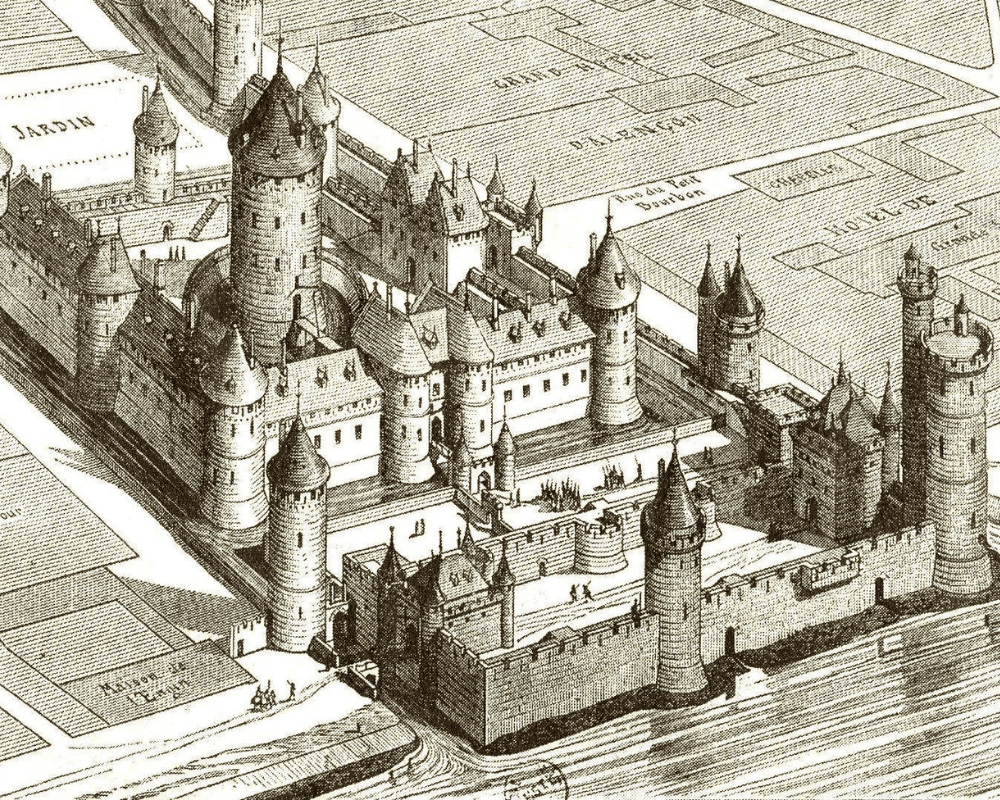
Yet before it was a museum, it was actually built for another purpose — it was a fortress to protect the city against the Vikings, who at that point were infamous and had raided just about everywhere. It was probably a smart move on France’s part.
They Mastered Blackmail
It has emerged that Vikings were willing to play some dirty tricks to get what they wanted, including blackmail! Historians claim that the Vikings would regularly give targeted territories the option for peace, but only if they paid up with their most valuable treasures.
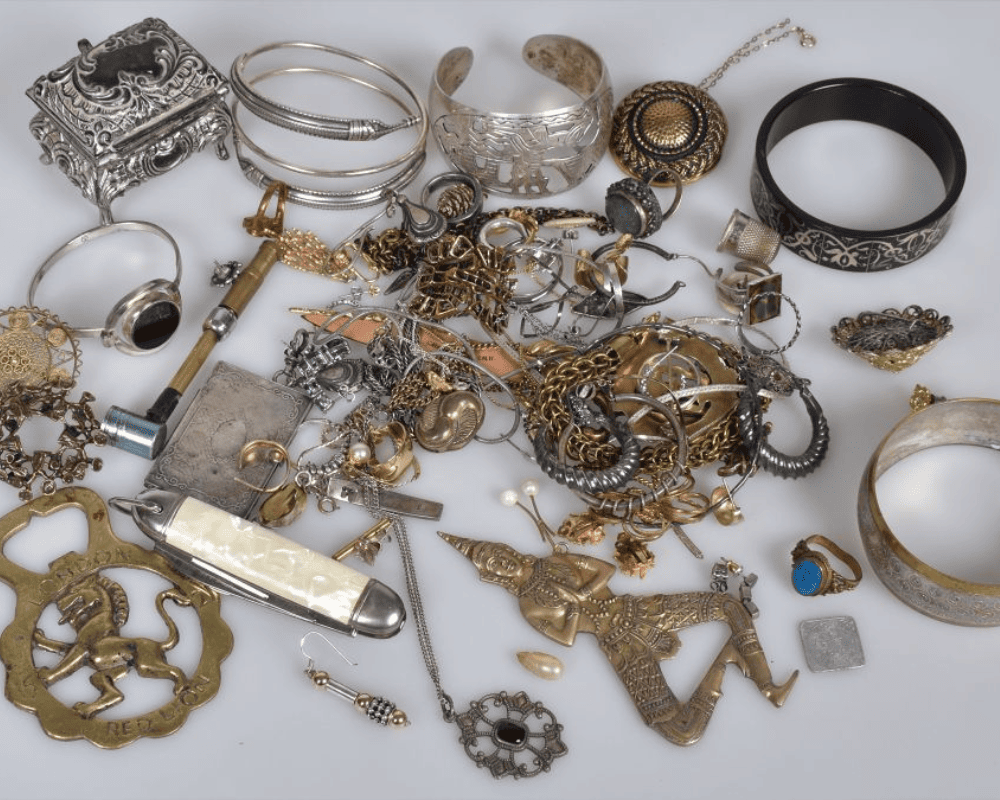
Territories including modern-day France and England were expected to offer up precious metals like gold, silver, and copper in exchange for peaceful treatment. It didn’t always work out, though — they’d make repeated requests for valuable goods until the natives ran out, at which point the Vikings would attack anyway.
Influence on Modern Vocabulary
Vikings spoke Old Norse, and it turns out that their language has had a major impact on English. The Viking influence can be seen throughout the English language, with words including basic words like ugly, egg, and give.

But, the most interesting example of Norse words making it into English is actually in the days of the week. If you haven’t guessed which one it is, don’t worry, it’s Thursday. It came from the Norse god Thor, with celebrations of “Thor’s Day” so catchy that the English language adopted it as its own.
Viking Women Were Near Equals
Vikings often get tarred as being a brutal, savage bunch. But their society was fairly modern by today’s standards, and women’s rights is just one example. Sure, how they acquired their women was unconventional, but they seemed to treat them fairly well.
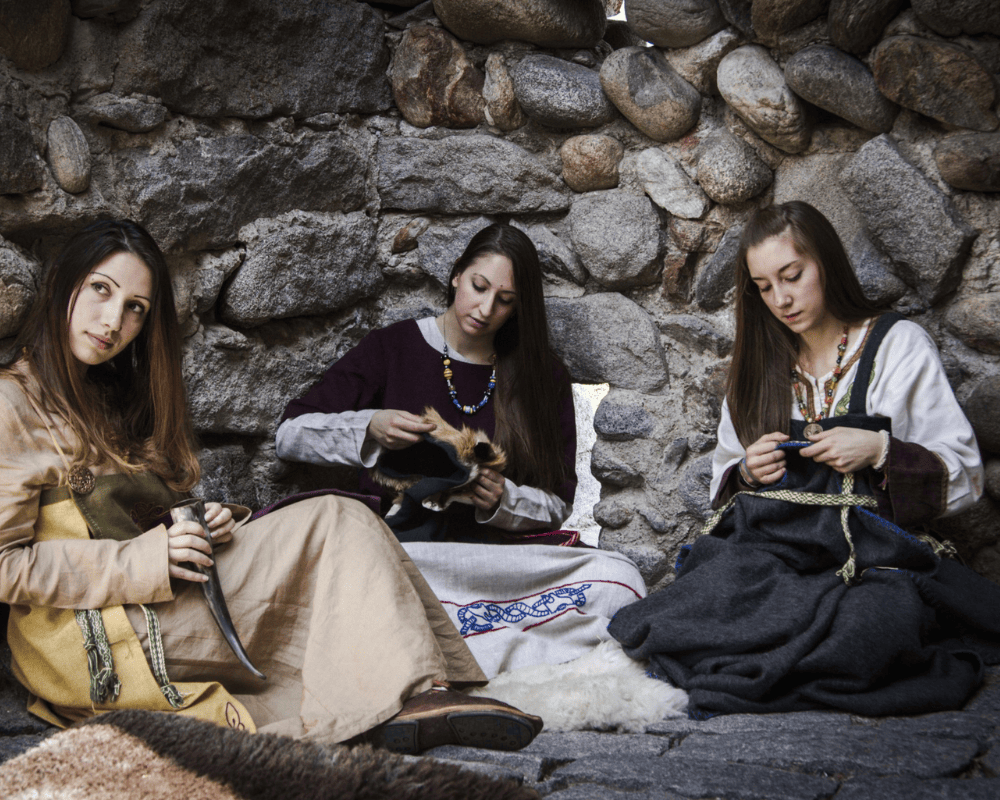
For instance, Viking women supposedly had more rights than many other Europeans of the time, including the right to divorce their husbands, remarry of their own volition, buy and own property, and even be in charge of an entire clan. Go matriarchy!
Untrue Hygiene Rumors
Bad hygiene is a myth that follows the Vikings around like a bad smell. From rotting teeth to dirty beards, Vikings are often unfairly categorized as being unclean or generally unappealing to the middle classes. But apparently, this is a myth that deserves some debunking.
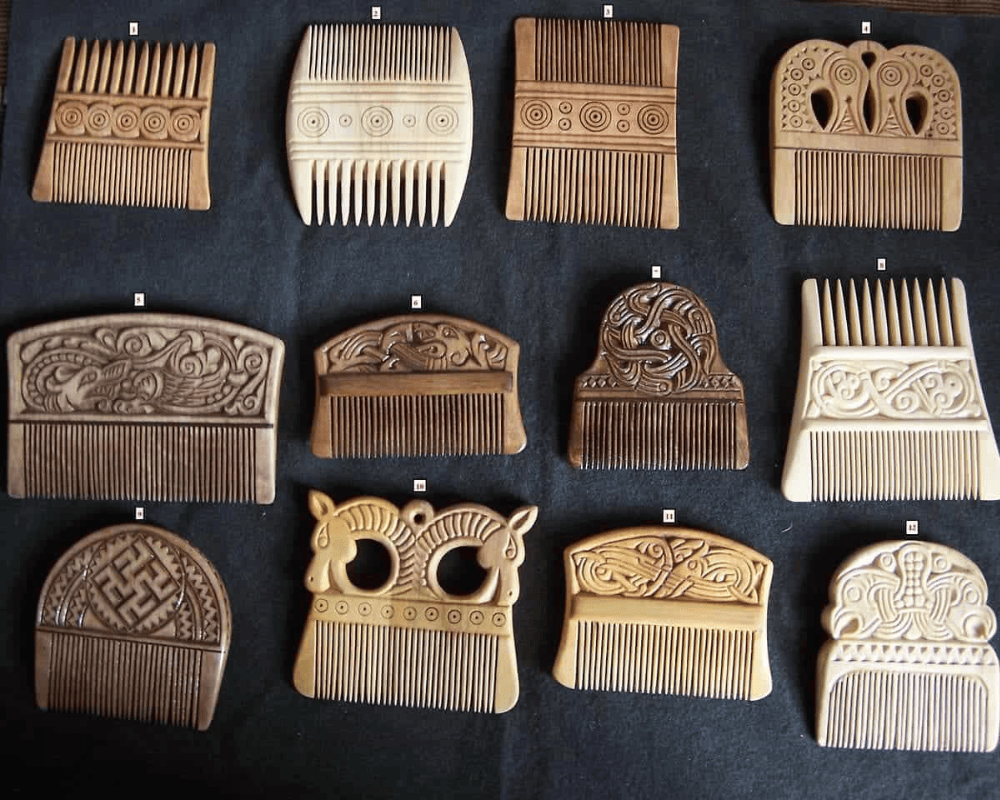
The likely truth is that the Vikings bathed on a regular basis, and maintained their beards to a high standard with a wide range of tweezers and combs at their disposal. Who knows, maybe Vikings were the originators of the hair salon!
Trials Were Similar to Now
When modern-day people reflect on older societies, we often feel like we’re drastically different from them. But, the reality of it is that a lot of modern society comes from those who came before, like the Romans and the Vikings.
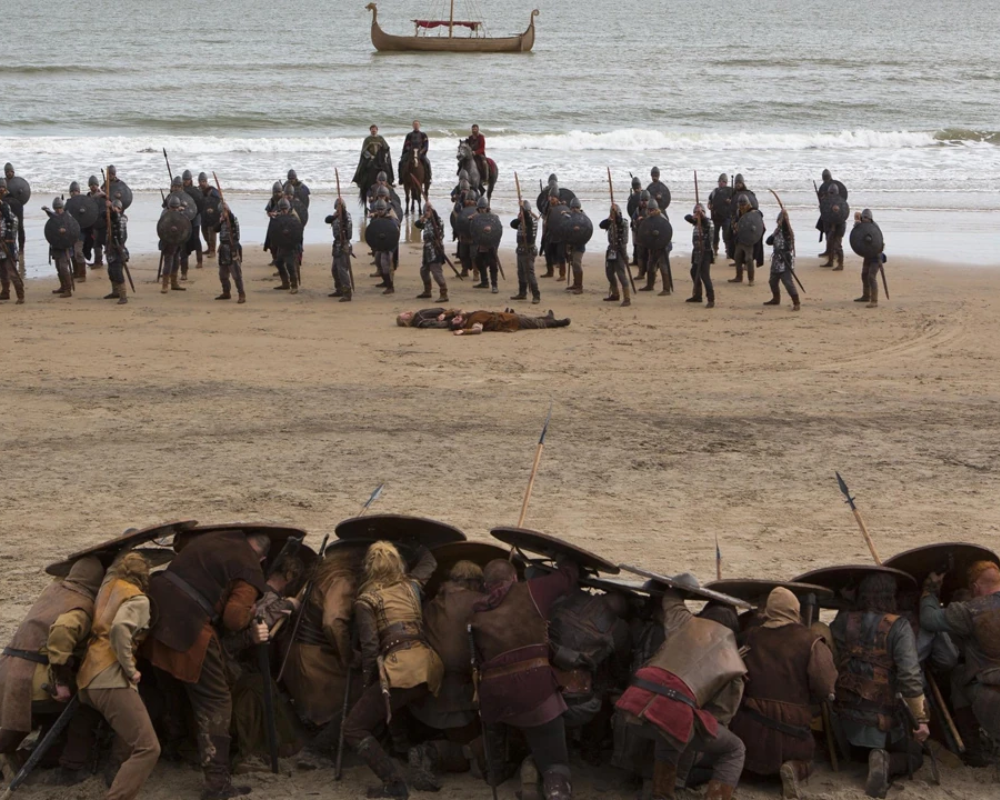
They had trials, too, but instead of individual witnesses, there would be a panel of those telling what they believed happened. But like most countries now, they had a jury who decided on guilt, and those found guilty could be fined or even banished.
Honesty Was Always Valued
One of the first lessons children learn is that lying is bad. One should always tell the truth, and that’s something that the Vikings believed as well, although the matters they wanted people to be honest about were a bit different compared to nowadays.
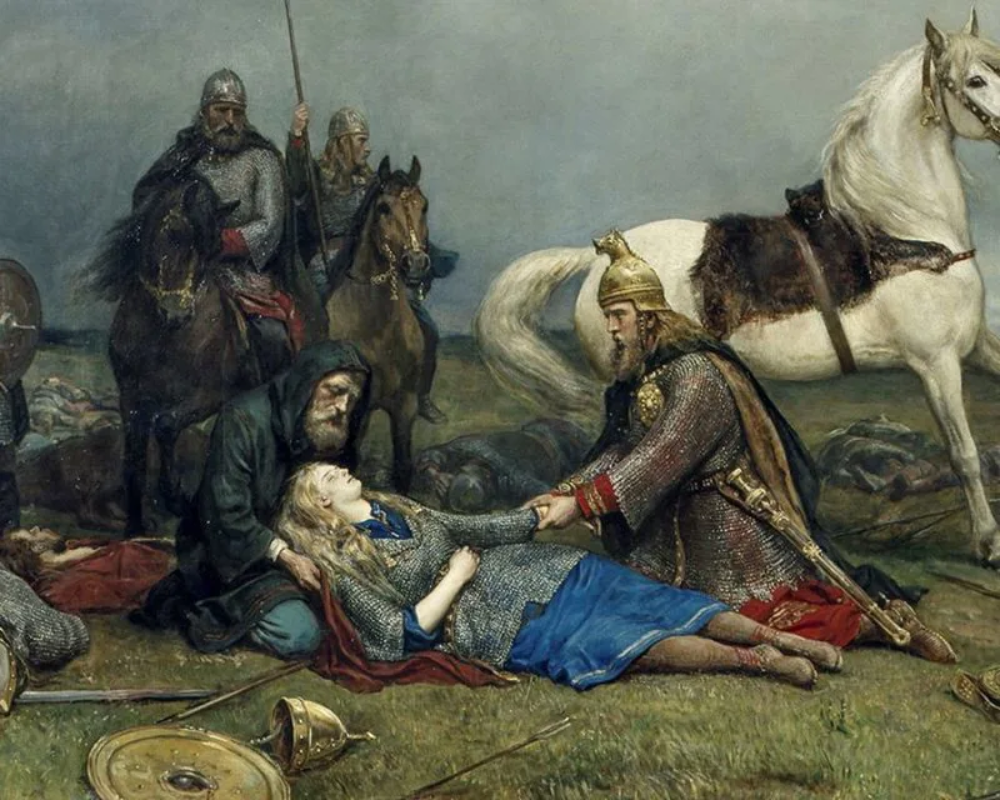
They didn’t like it if people ended someone’s life in a sneaky way, like at night or by burning things down. Honesty also meant that someone sentenced to punishment may suffer a less harsh one than they would have otherwise.
Never Insult a Viking
Saying the wrong thing to a Viking could lead to a swift and permanent end for anyone with a loose tongue. Take the legend of Thorvald Konradsson. Konradsson was one of the first missionaries in Iceland, and he traveled the world with specific messages for clans he met along the way.
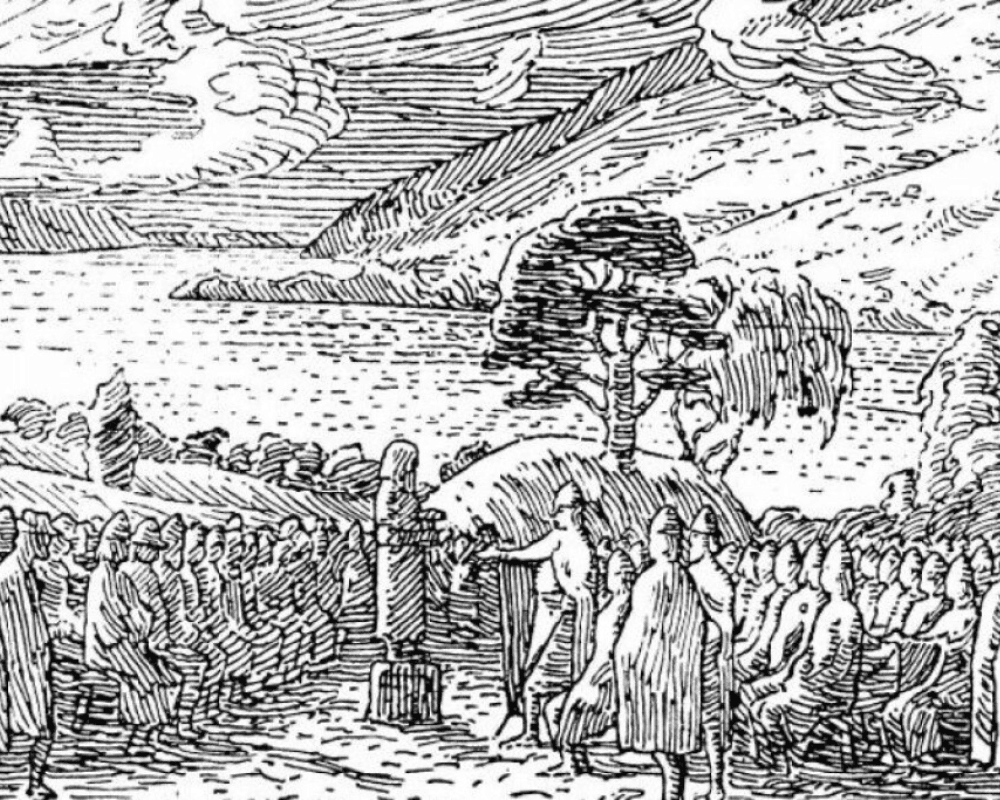
However, Konraddsen was expelled from Iceland after being insulted one time too many by the natives. Despite his religious leanings, Konraddsen was quick to take down two men who had some unkind words for the traveler, and he was never allowed back.
Vikings Had Rodeos…Sort Of
If you’re wondering whether the Vikings had rodeos, the answer is yes, but not quite how you think! Viking rodeos were reserved for when a man would refuse to take part in a holmgang. His challenge was instead a dangerous game of, “How long can you hang on?”

The cow’s tail would be covered in grease, as would the man’s shoes. The aim of the ‘game’ was to hold onto the greased-up tail of the distressed cow for as long as possible. If the man was able to beat a certain time limit, he would be allowed to live.
They Brought Back More Than Plunder
Anyone who has studied history knows that the viruses travelers bring can be way more dangerous than even the most fearsome berserker. Thanks to a lack of modern medicine, Scandinavia suffered a lot thanks to the Vikings’ travels.
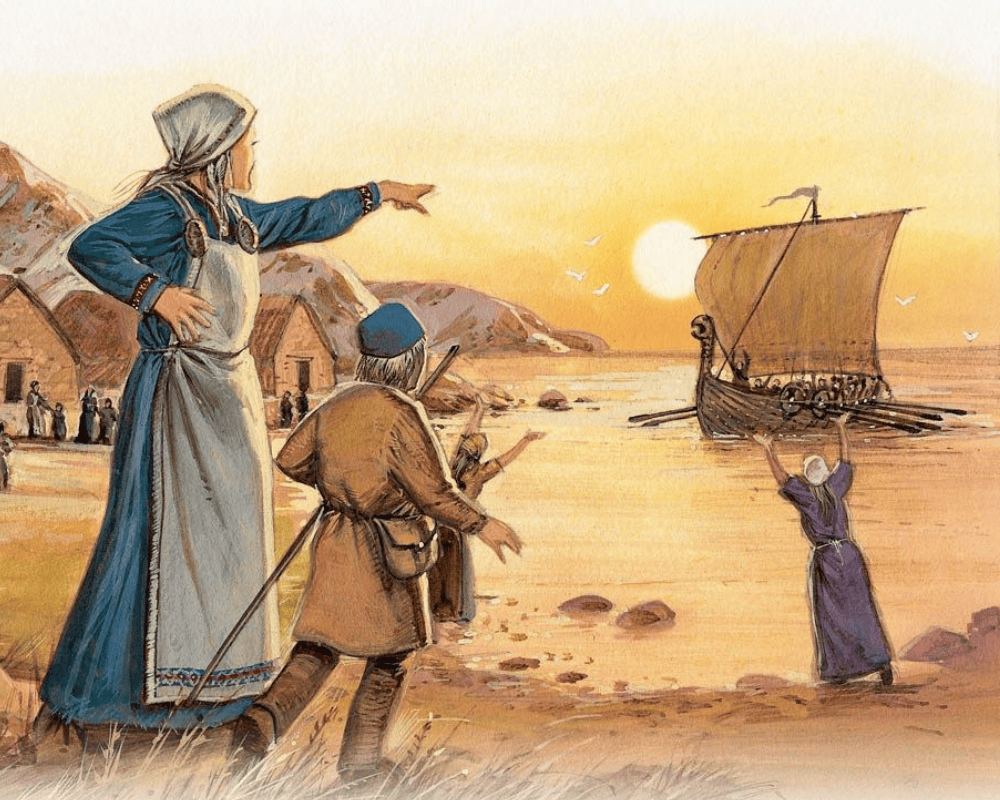
Considering it was the nature of the Vikings to travel around and often bring back people from their travels, it’s not surprising that serious illnesses came along with all of their plunder, spreading around Viking settlements like wildfire.
They Dealt With Internal Issues
The Vikings were prone to health issues thanks to the time period and their ways. Wounds would get infected and viruses would spread about easily, but they also dealt with another issue — parasitic worms.
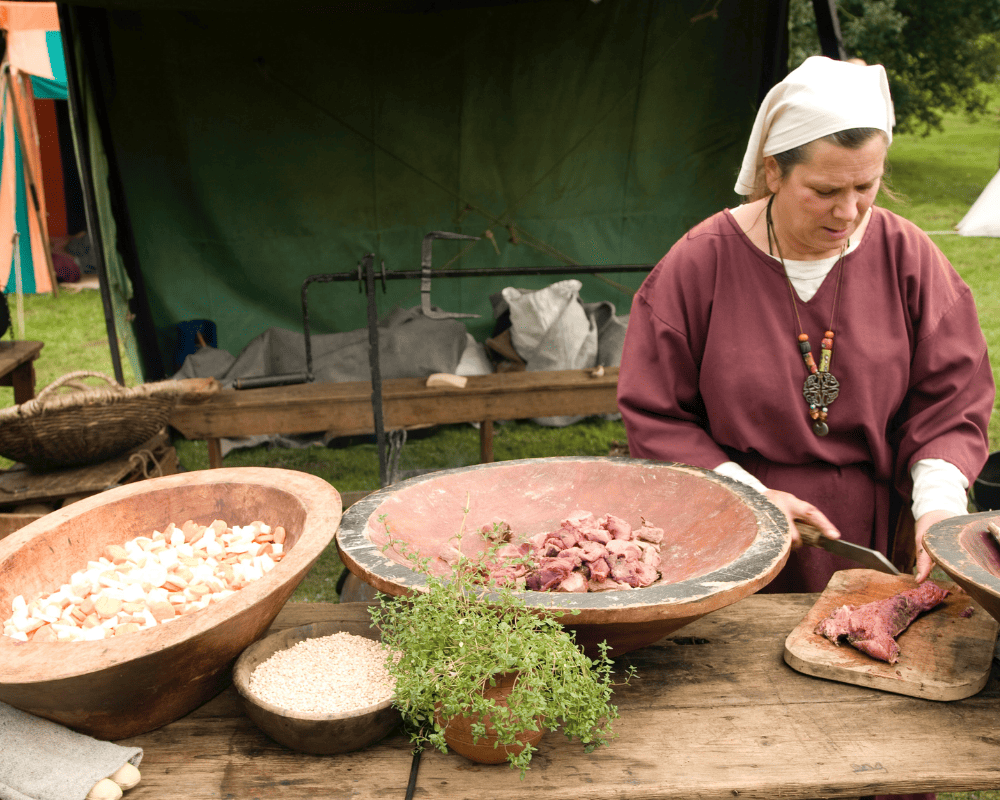
How, you ask? Well, fires weren’t always an option, so it’s said that they often ended up eating meat raw, which is just a recipe for disaster. If only the kind Viking folks had had a nice air fryer to blast their meat in.
They Caused Deforestation in Iceland
When you think of Iceland nowadays, you likely don’t think of lush forests. That was largely the fault of Viking settlers. After all, they needed a lot of wood to build those longships and houses for the settlers.
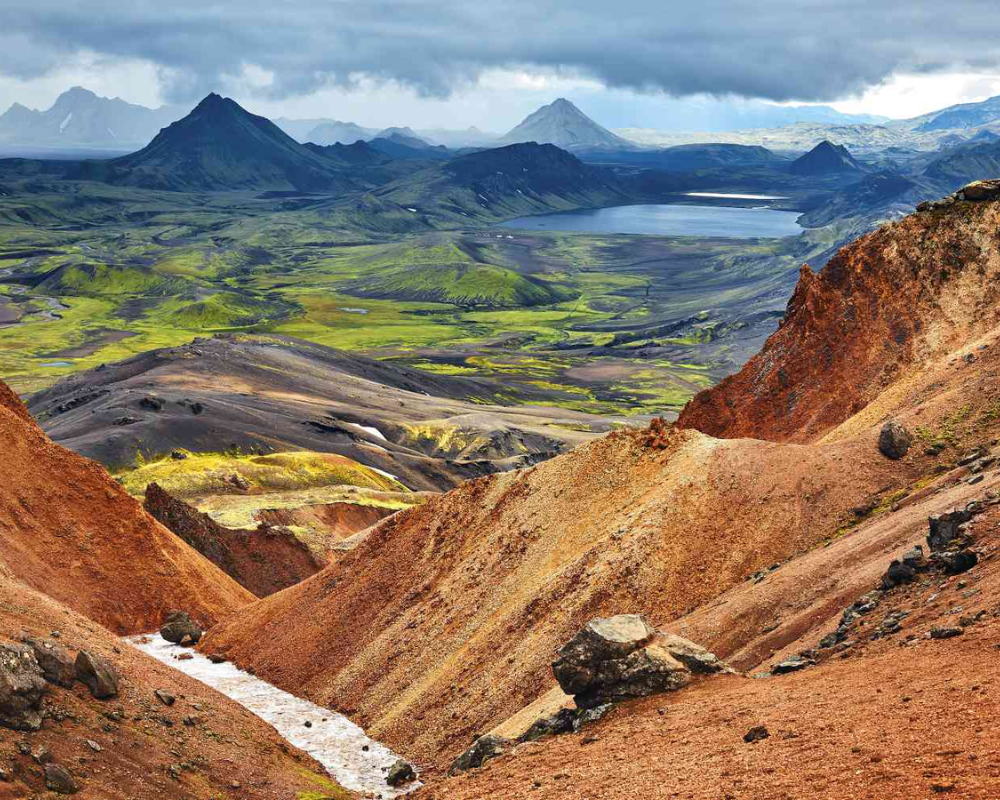
They also needed space for pastures and farmland, so down the trees went, and to this day, Iceland is struggling to recover from deforestation. Can you believe that 25% to 40% of the island was once birch forests?
Marriage Wasn’t About Love
Modern-day marriage in most places in the world is focused on love. It’s about finding a long-term partner who you trust, cherish, and are physically attracted to. But it’s about more than that, too, and that was the side the Vikings focused on.
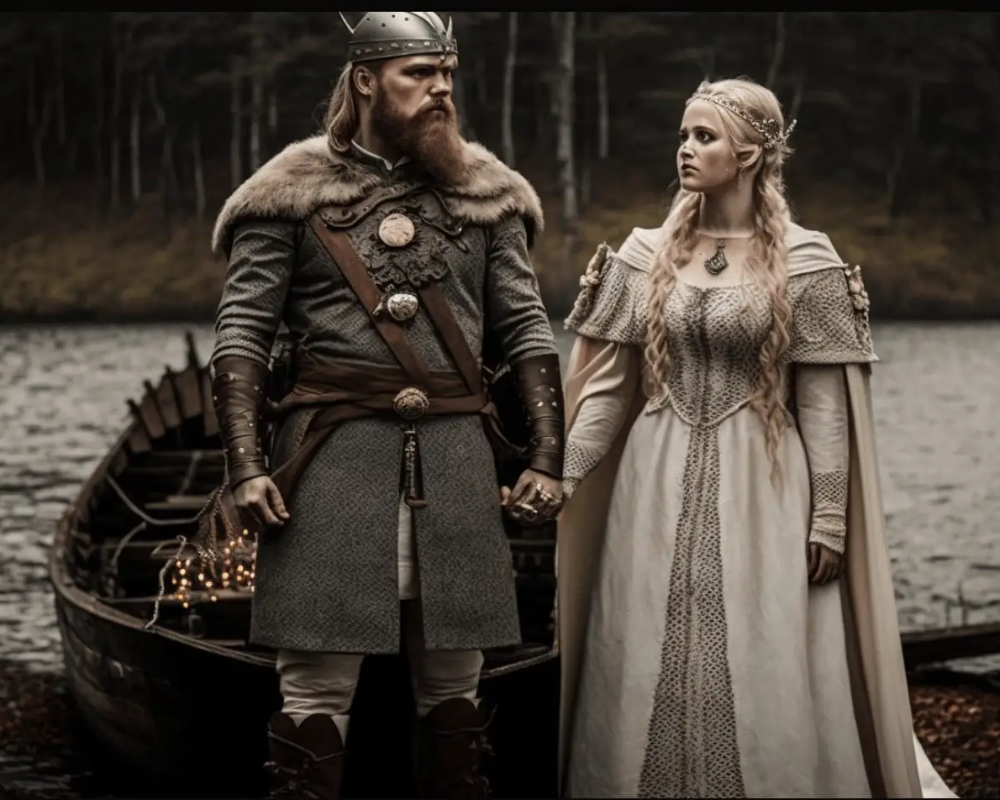
Like what we know of many marriages in the past, Viking marriages apparently focused almost entirely on the benefits the union would bring. Both families agreed upon the union, and love was never really part of the equation.
The Best Wedding Gift
Speaking of marriage, the gifts were a bit different back then, too. Instead of nice china and toasters, Viking brides were given something much fuzzier and more adorable — kittens. They say it was because they were considered an “essential part of a new household.”
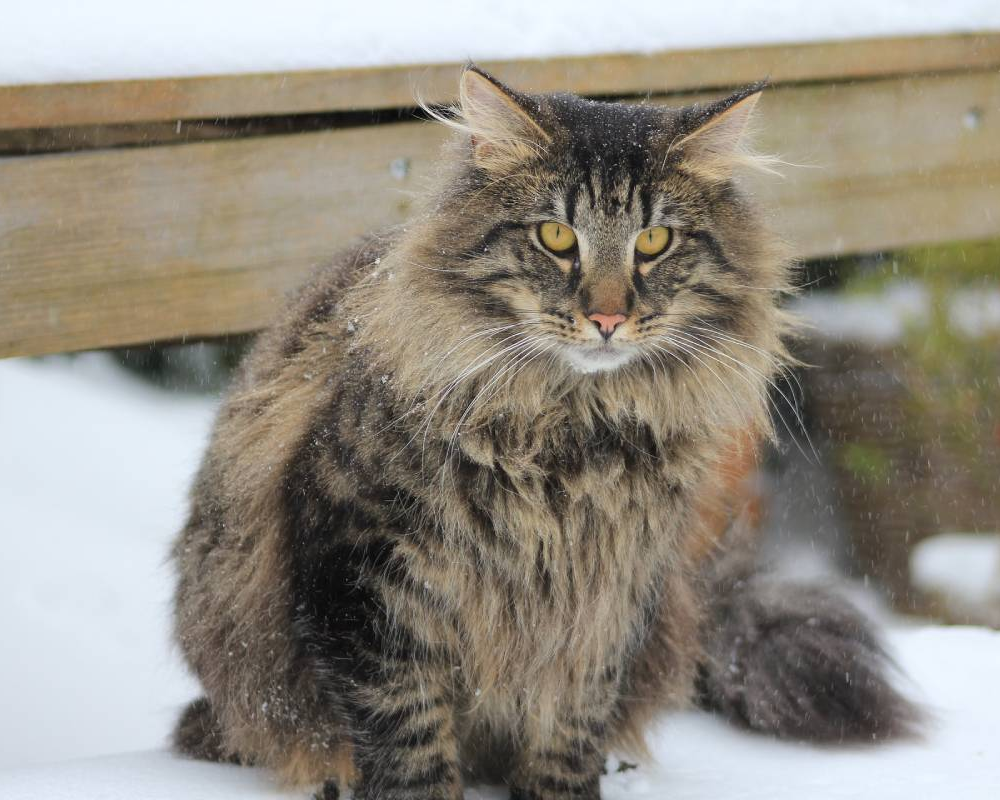
Why? We’re not sure, but if we had to guess, it’s because cats are great at protecting a household from pests like insects and mice. They’re also just really cute, and maybe Viking ladies got lonely while their husbands were out raiding.
Most Actually Weren’t Warriors
You’ve read all about berserkers and the Viking warriors who roamed the seas terrorizing most of Europe, but not all Viking men fit into that category. In fact, most of them didn’t and did something much more mundane — they were farmers.
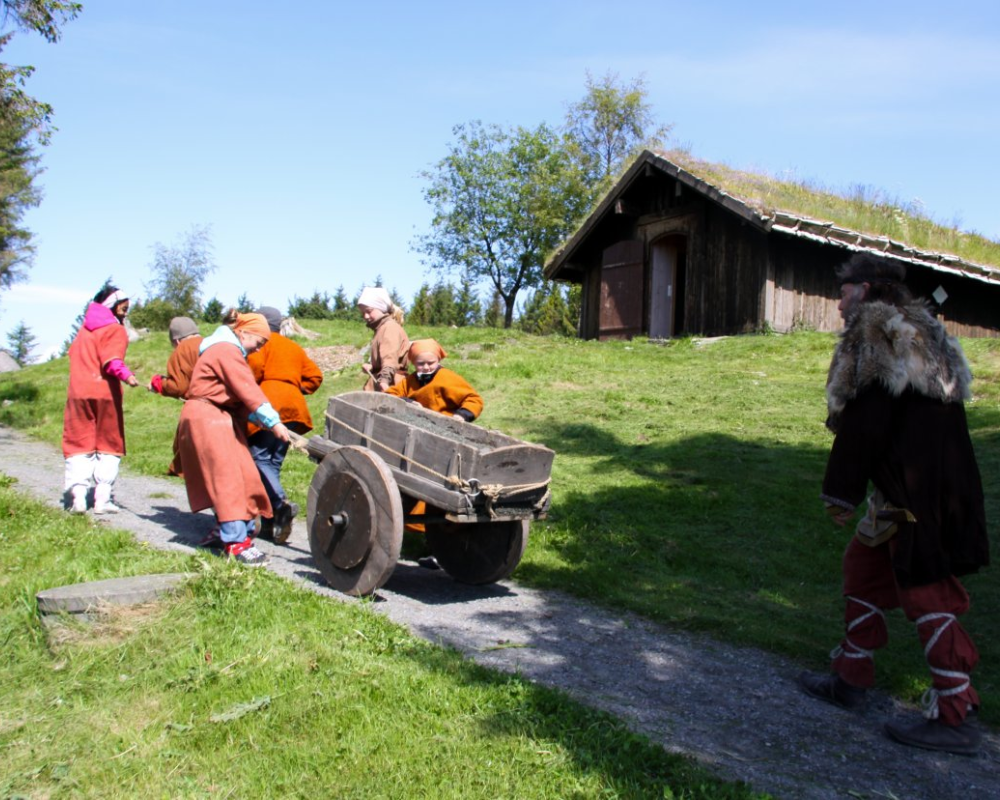
It makes sense if you think about it, as no society could survive by roaming around eternally and raiding villages. They need settlements to feed all of those warriors, house their families, and carry on with the “normal” parts of their society.
A Variety of Physiques
Generally speaking, over the course of history, the human race has slowly been growing taller and taller. And we’re all prone to imagine the Vikings as big, muscular guys because they were fierce warriors. Most didn’t look that way, though.

Generally, they were short and lean, muscular but in a “working in the fields all day” way, not in a “giving bodybuilders a run for their money” way. This body type would have been more advantageous for a farmer.
They Bleached Their Hair
When we think of the people of the past, we often don’t think of them doing things that we do today to alter our appearances, like wearing makeup and dying their hair. They did, though, and the Vikings were no exception.
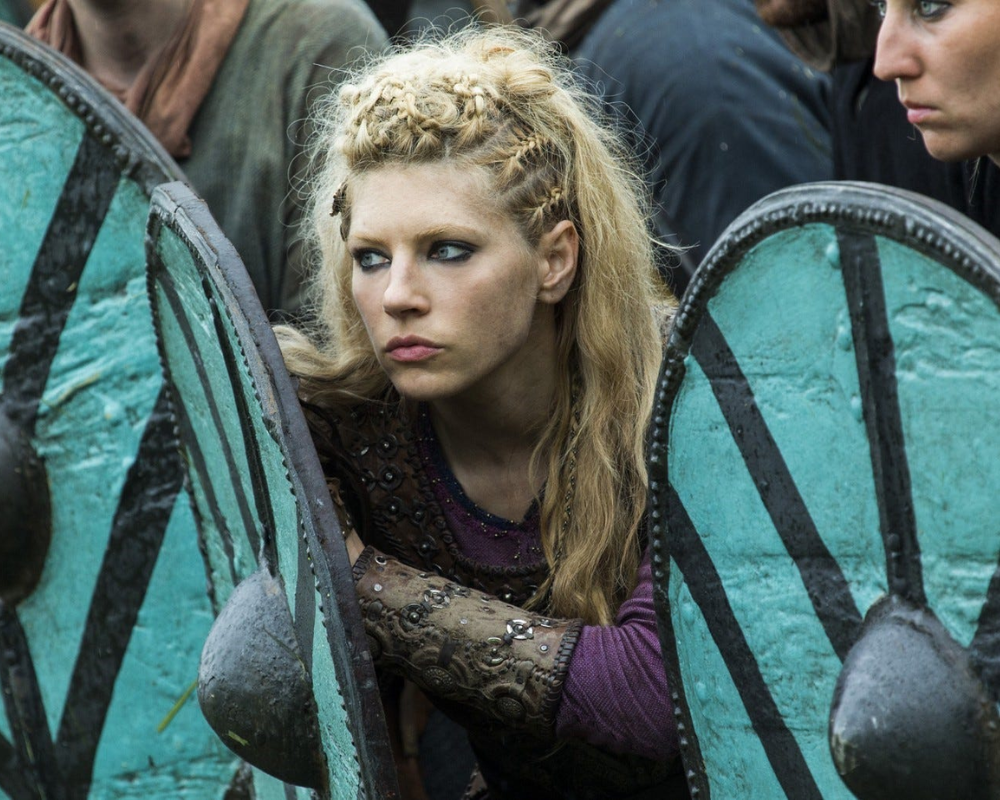
Not all Vikings were blonde. Many of them would actually bleach their hair, both to meet supposed beauty standards and to deal with a really annoying pest — lice. No one wants an itchy scalp, not even the Vikings.
Skiing to Get Around
The Vikings who lived in the north dealt with mountains and long, hard, snowy winters, which aren’t exactly ideal conditions for going for a casual stroll. So before skiing became a sport for rich people on holiday, it was used for survival by people like the Vikings.
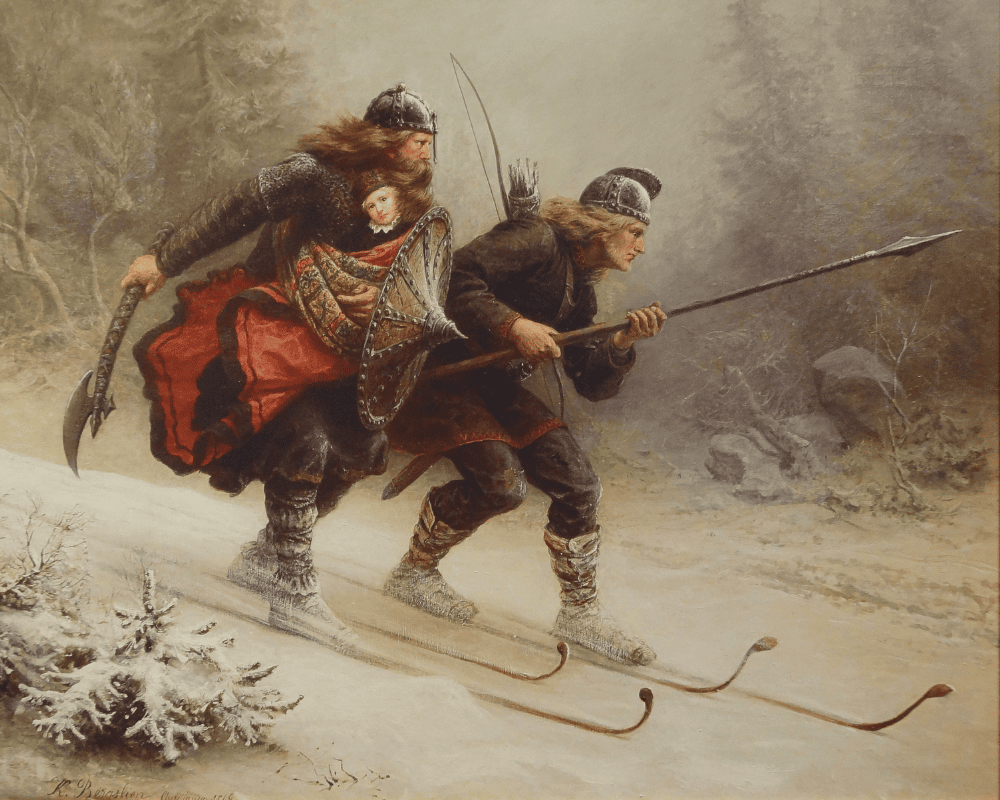
They were known to carve their own skis and they likely learned how to use them to get around from the Sami people, who were neighbors of the Vikings long ago.
A Seafaring Funeral
One of the better-known customs of the Vikings was sea funerals. The deceased would be placed on a boat, pushed far out to sea, and then archers would set the boat on fire while others watched.

What people don’t know is that not every Viking was given a funeral in this manner. It was a method saved for very important people in society, who were surrounded by their valuables and other possessions before being sent off.
Erik the Red’s Legacy
Erik the Red easily fit the stereotype of fiery, moody redheads. He had a big temper, and he got banished from two different parts of Iceland after altercations led to the end of several people.
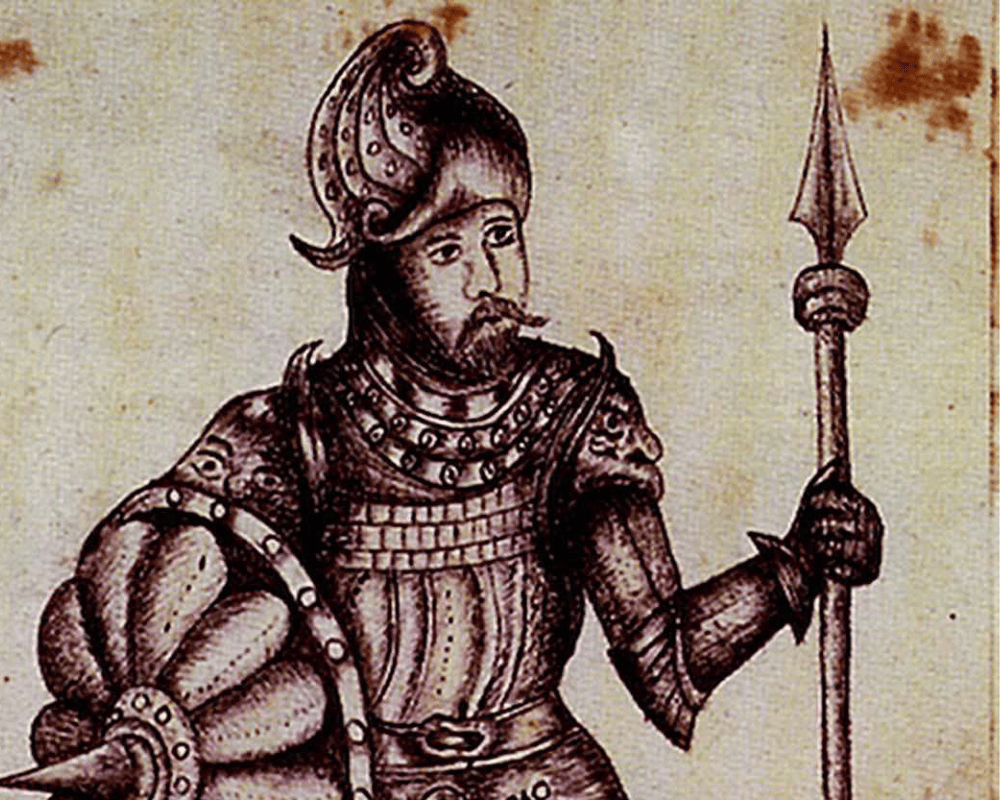
Fed up with the trouble following him, he left Iceland behind and sailed west, eventually discovering a massive landmass that we now know as Greenland. In fact, he’s credited with being the one to discover it and being the first permanent European settler there.
An Equally Famous Son
Erik the Red had a family, and his sons ended up being just as impressive as he was. It seems that a need for change and adventure ran in his blood because one of his sons is one of the most famous Vikings nowadays.

That son is none other than Leif Eriksson, who is believed to be the first European to land on the American continent, before the equally famous Christopher Columbus. They were some of the few Vikings to venture far beyond Europe.
The Vikings were seafaring warriors of almost mythical proportions. They spent their time between the 9th and 11th centuries raiding, conquesting, and colonizing the seas and lands of what we now know as Europe. But most of us don’t know much about them, beyond images of their iconic helmets. That’s why we’ve compiled a list of facts that most people don’t know about the Vikings.